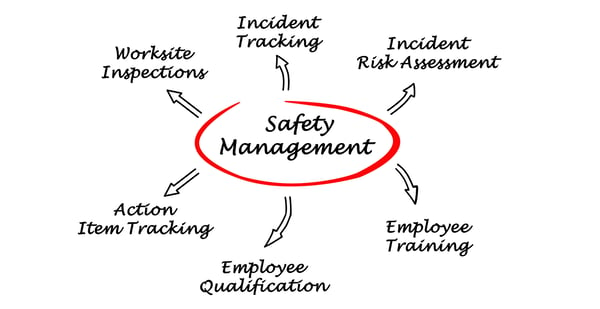You work tirelessly researching and studying OSHA's regulations and various training requirements to keep your farm safe. You study the Bradley Curve, and try to find ways to lower your farm's DART rating. And nobody knows better than you about how to find fantastic information about creating and fostering a safety culture in the workplace.
After working toward building this culture for several months, or even a year—featuring a series of highly encouraging and effective safety meetings with your farm's managers and staff—you might start to look around and wonder about your farm's progress in the big picture of this culture. You want to create a culture and are doing all you can to bring management, employees and fellow safety personnel up to speed, but how do you know you are moving the needle? Outside of safety meetings, safety-training videos and other controlled safety sessions, you might not know how your efforts measure up, but you do have tools available to you.

Do a Safety Audit
As your farm's safety researcher and recordkeeping expert, performing a safety audit to evaluate your facility's progress relies on data you already have at your disposal, which you simply need to examine with some specific types of questions and considerations in mind. OSHA's Safety Management System (SMS) Audit serves as a useful tool for safety personnel, so take a look at some of the basic ideas involved with performing a safety audit to help you get started:
- Keep reports on all incidents; then, follow up by analyzing each one.
- Review reports with fellow safety personnel or your safety committee during health and safety meetings.
- Discuss any incidents of unreported "near-miss" incidents and why they were not reported.
- Address rewards and incentives to help determine whether they yield more near-miss or official incident reports.
- Reiterate the importance of everyone's active involvement and what it means to create a thriving safety culture.
- Retrain staff on necessary safety issues and reporting methods.
- Prepare to discuss the most, and least, communication and reporting methods.
- Analyze your safety-audit findings to identify critical safety behaviors—positive and negative—and determine the potential effectiveness of any possible corrective actions for questionable safety behaviors, which will assist in improving your farm's safety culture.
Do a Safety Culture Survey
DuPont's Bradley Curve offers safety personnel a powerful set of tools to help achieve a highly functioning culture, and its Safety Perception Survey can help you measure each of your farm employees' perceptions about your farm's safety program. The survey can help you identify attitudes and behaviors that can advance or hinder your progress toward building this culture. The survey might include some of the following questions:
- Does your farm have a written policy that sets a high priority for healthy and safety?
- Are there clearly designated safety personnel who are responsible for monitoring the program?
- Is it clear to all employees and managers that they have a responsibility to contribute to the farm's culture?
- Is there a simple and effective way to report safety hazards and incidents?
- Does your farm have regular safety meetings to discuss safety issues?
Getting a Reading and Moving Forward
With these two methods of determining your farm's progress in moving toward this culture, you can figure out your next move, according to where the needle lands in this process. Even if progress isn't as far ahead as you might have hoped, building a safety culture takes time and effort from everyone at your facility.
Keep in mind that you are working with a large group of people to adopt a whole new way of thinking about safety on your operation. It’s a process, and a big step in the right direction.


